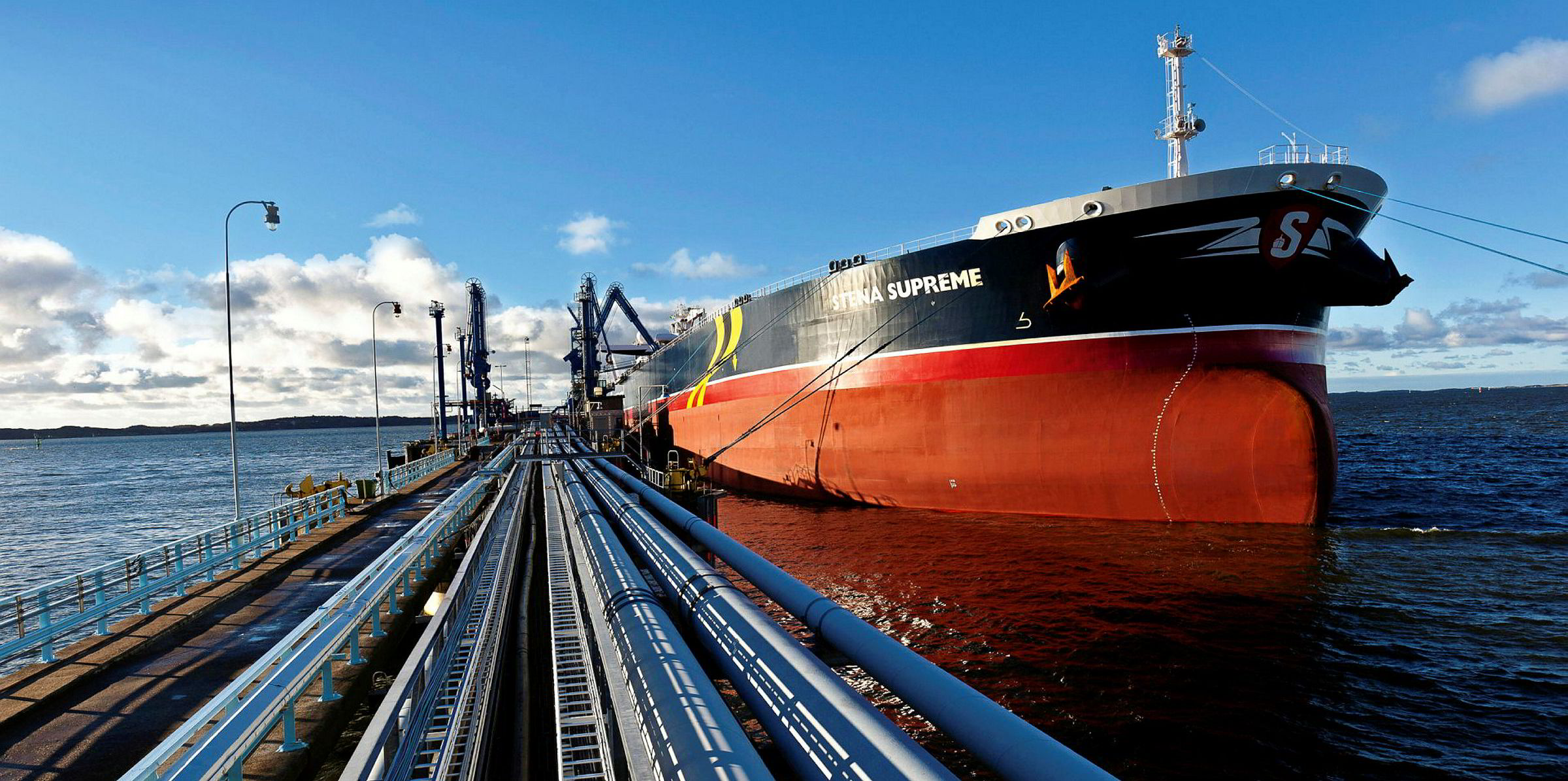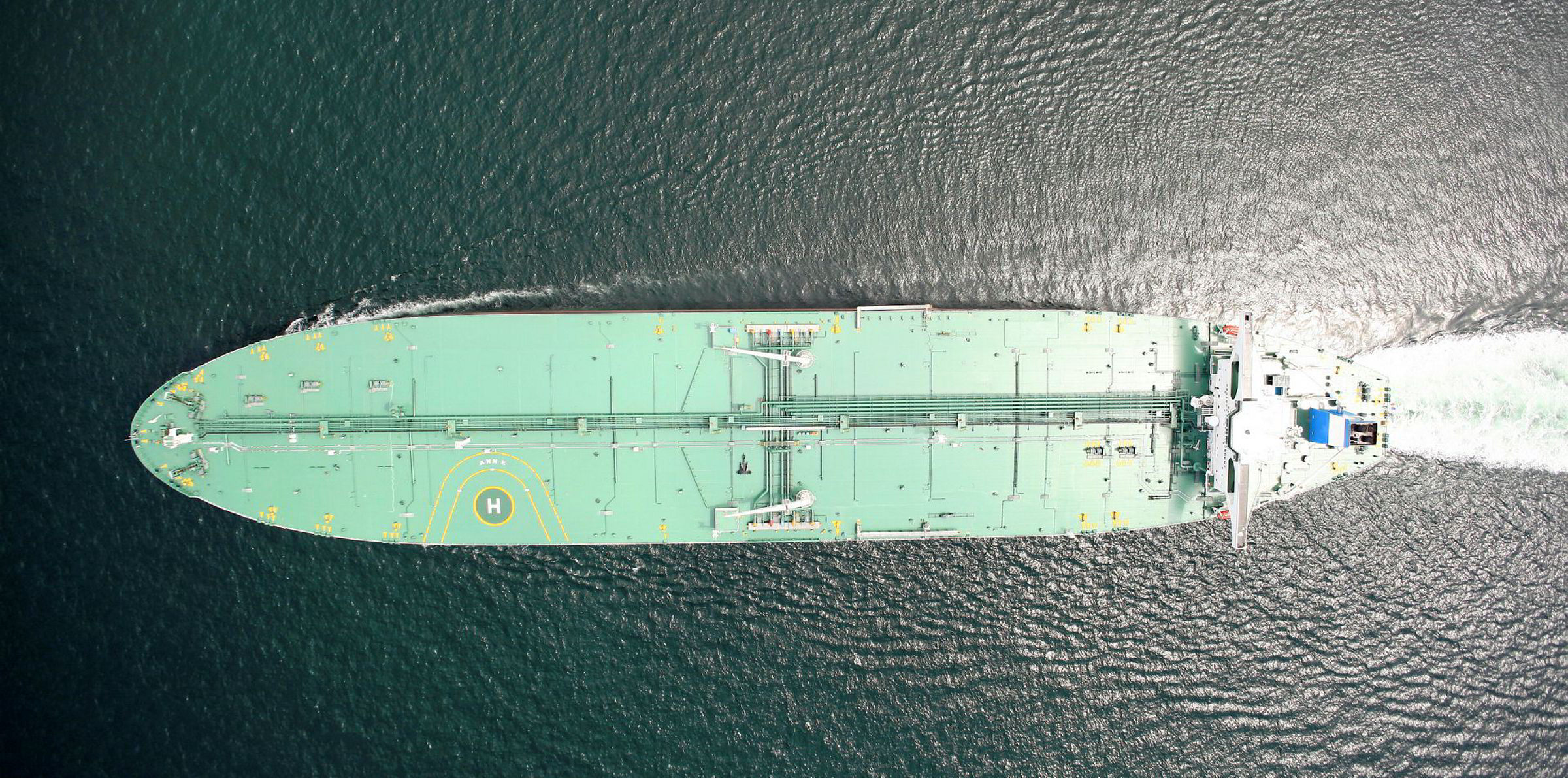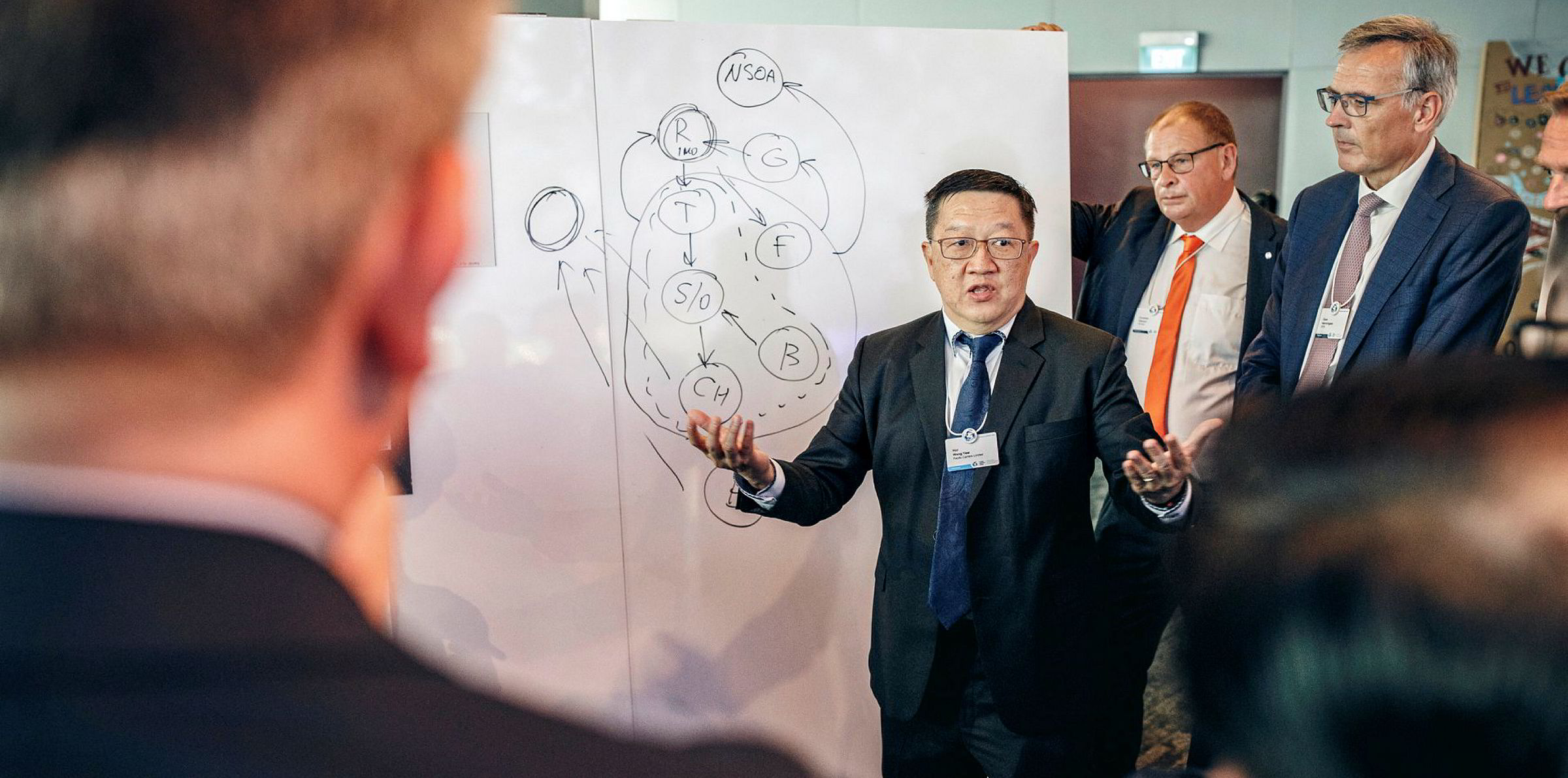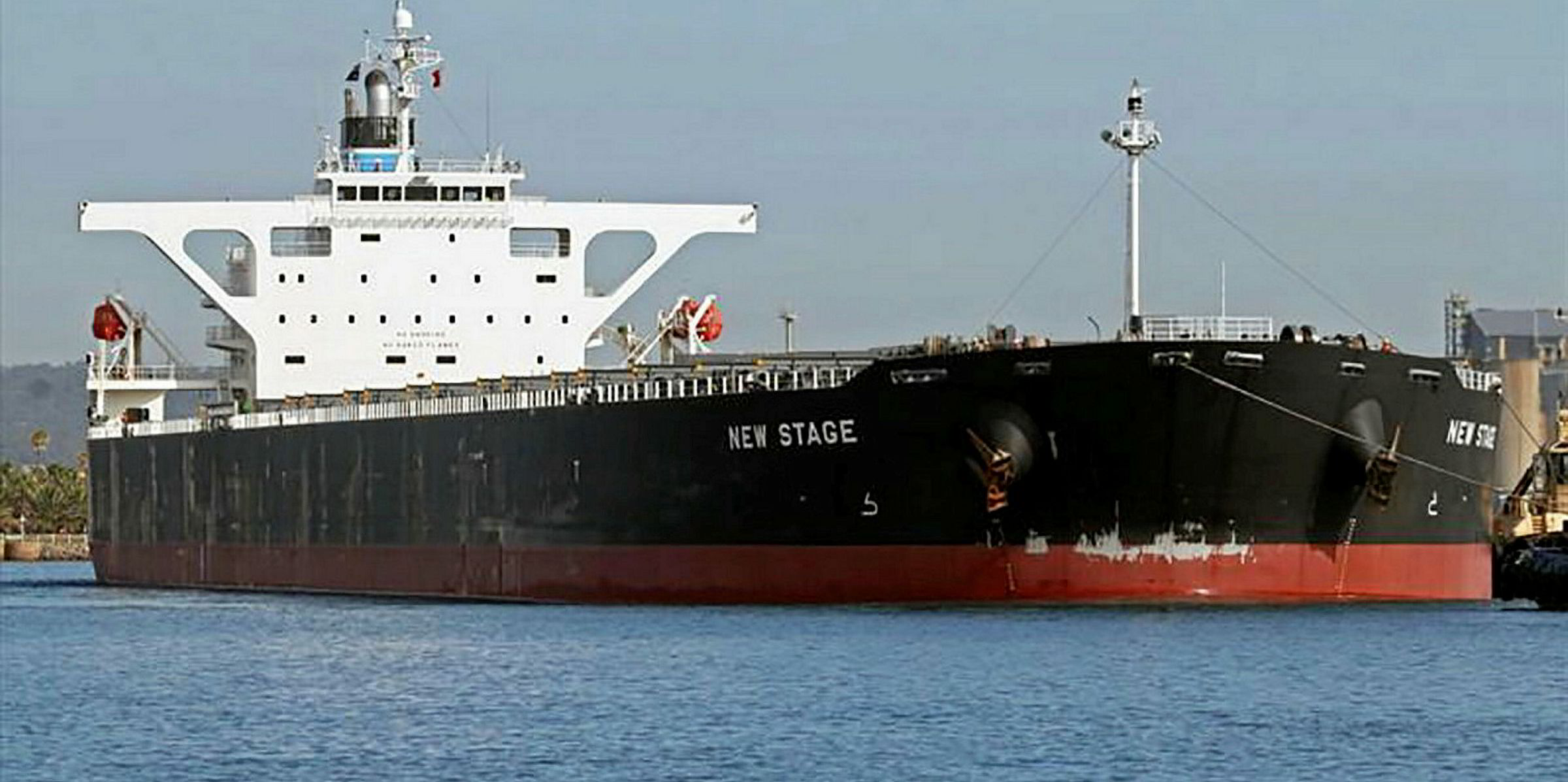The ending of tanker storage contracts has already been reflected in a spike in the number of crude vessels calling at ports worldwide.
Following the rate boom earlier in the year, when higher forward prices drove charterers to book ships to store oil, the market is now in backwardation and refinery margins are under pressure due to rising oil prices, Clarksons Platou Securities said.
"These factors are combining to draw oil and refined products out of storage and push vessels back into active trade," said the investment bank's head of research, Turner Holm.
Clarksons' figures show about 230 crude tankers — and a similar number of product carriers — were tied up on storage duty in April, but this has now shrunk to about 160 of each.
"For crude tankers, this unwinding caused a spike in port calls in late May, followed by a lull in activity given meagre trading volumes," Holm said.
"The trend in products is less certain because movements have not yet fallen off, despite a significant unwinding of the storage play; spot bookings suggest product trade could still fall similar to the pattern seen in crude."
Port calls peaked in late May
Inventories are feeding rising oil demand rather than seaborne trade, the company said.
Crude tanker port calls reached last year's level of around 140 on a rolling seven-day average in late May, according data from Clarksons Research, a sister division of shipbroking giant Clarksons.
The product side remained about 30 to 35 calls down on last year's figure, however.
Later in the second half and in 2021, trade is expected to rise again with oil demand returning and inventories normalising, Clarksons Platou predicts.
Car carriers 'normalising'
Holm said that, in a "promising development", car carrier trade appears to be normalising as well, albeit from low levels.
Activity remains about a third below the level from a year ago, but that is a better reading than the 50%-plus falls seen in mid-May, he added.
In China, car sales during May rose 15% year-on-year, and US sales have also rebounded from the April lows. Car sales in Europe in May saw severe year-on-year declines, but they did more than double from the levels seen in April.
Overall, global trade so far in June appears to be on an upward trend with year-on-year declines reducing compared to the comparable declines in May.
Deep-sea vessel calls are running at about 7% to 8% below levels from the same period last year, but that is up from the minus 10% rate seen in much of May.
"In other words, global trade appears to be normalising, if not yet normal," Holm said.
Boxships beating expectations
Container trade appears to be faring somewhat better than expected, he added.
Last week Maersk improved its second quarter guidance. It had initially expected a 20% to 25% volume fall compared to a year ago, but this was revised down to a drop of between 15% and 18%.
The data shows a 5% year-on-year decline in containership activity, which is half the 10% gap in early May.
"Together with the recent spike in box rates on the China-US lane, there are signs of improving trade levels. The spike in box rates likely reflects a better demand picture as well as ongoing capacity containment measures by the liner companies," Clarksons Platou said.
The figures also suggest trade is holding up reasonably well for most of the commodities shipped by large bulk carriers, like iron ore and grain, though partially offset by weakness in the coal trade.
Port calls by large bulkers have been running at about a 2% decline year-on-year in June, compared to a 7% to 8% drop seen for the broader industrial shipping space.
"The key narratives driving the bulk trades have been the Chinese hunger for raw materials, and the limited supply of iron ore available from Brazil," said Holm.
Movements of big bulk carriers into China are running about 9% higher year-on-year in June, offsetting softness in India, Japan, the US and Europe.
"Until recently, there have been limited available quantities of iron ore out of Brazil, a key exporter. However, the port call data shows a burgeoning expansion of Brazilian exports by capesize vessels," he added.
"This trend of rising Brazilian exports, led by Vale, is expected to continue into the second half of 2020, with some risk remaining around Covid-19 containment in Brazil."







